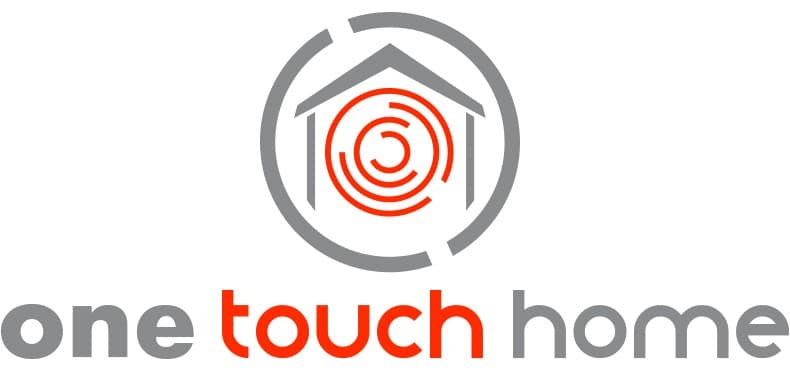The Automotive & Industrial Systems Company of Panasonic Corporation in coordination with Silicon Valley startups will develop new businesses and services using the IoT solutions and power the home automation applications. Panasonic will work on combining UI/UX technology along with its HMI (Human Machine Interface) design technology, which has used smartphone switch business and automotive touch panel business. UI (User Interface) is defined as the interface between users and devices whereas UX (User Experience) defines the user’s experience with a particular service.
The feature “Touch by Panasonic,” will be an interface between people and things comprising of applications for homes and factories. Panasonic has gathered ideas from the customers to create services that can be enabled via touch operation. Based upon the user experience, it has brought up technologies in the field of hardware and services. It has emphasized on lean startup method in which the user and the market needs are told about each step through repetitive hypothesis generation and undergo testing in short cycles keeping a check on the cost factor.
One Touch Home Automation “eny” has been aimed at providing a smart home automation system consisting of one-tap function or simply a switch. Combining the energy-harvesting technology with the wireless technology, it has also fabricated an IoT switch entitled “eny Switch”. The company feels that the service platform offered by eny switch will be able to control the smart devices and can be integrated with cloud services and smartphone apps.
Highlighting the benefits, the company quotes that a common switch will manage multiple tasks that suit customer’s demands. Also, these controls will benefit the residential houses, elderly facilities, hotels, offices, etc.
One Touch ID Authentication, a communication module which uses electric-field communication technology allowing the authentication procedures to be accomplished with a natural touching motion. This has been introduced as a service platform providing factory solution via ID authentication. It will configure the functionality of the equipments according to workers’ tag information. The company also says that this will prove crucial while accessing the operability of a tool and provide tasks as per the worker’s skills.












